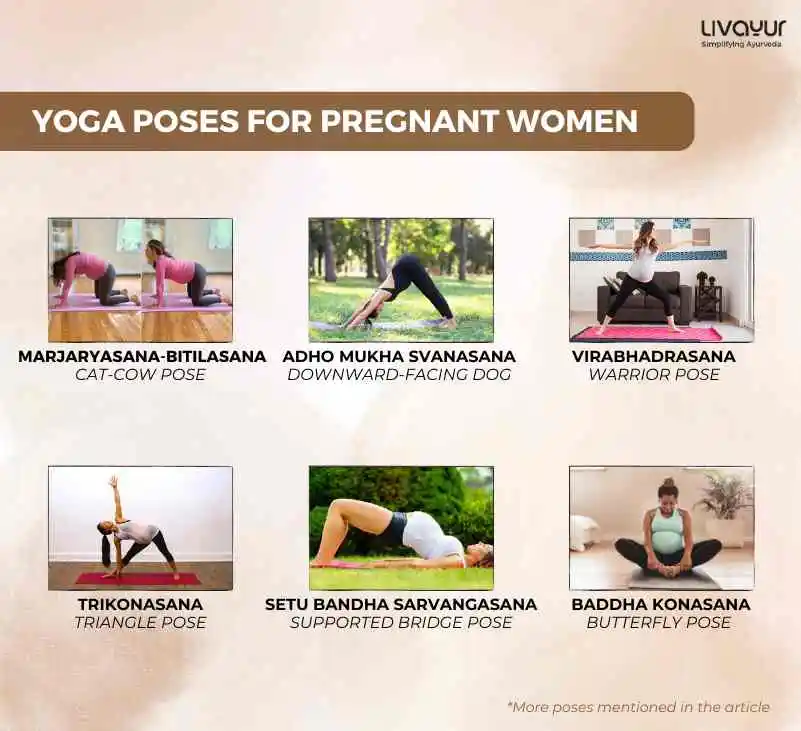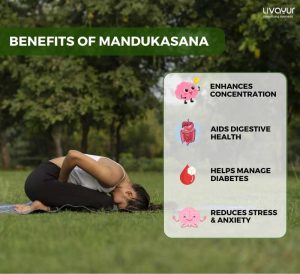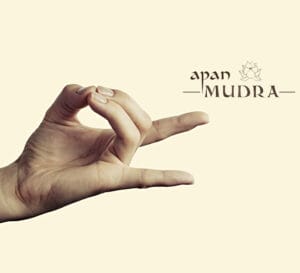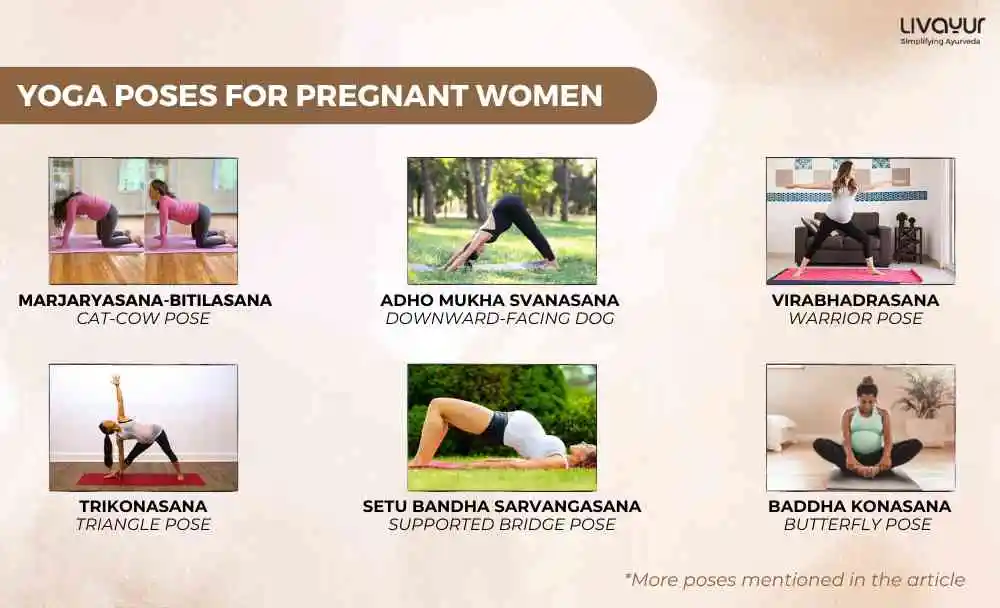
The pregnancy journey is a profound experience that demands careful attention to expectant mothers’ physical and mental wellbeing. During this period, yoga is invaluable for promoting holistic health and balance. With its emphasis on gentle movements, controlled breathing, and mindful relaxation, yoga offers several benefits catering to the unique needs and changes pregnant women undergo.
This comprehensive guide delves into prenatal wellness by presenting the top 12 yoga poses tailored to support and nurture pregnant women through each trimester. So, let’s look at how you can harness the therapeutic power of yoga while navigating the beautiful path of pregnancy.
Importance of yoga for pregnant women?
The significance of yoga for pregnant women extends far beyond physical exercise. In this transformative phase of life, yoga is pivotal in enhancing the overall wellbeing of both mother and child. With gentle and purposeful postures, yoga promotes flexibility, strength, and balance. These are crucial in adapting to the rapid physiological changes that accompany pregnancy.
Furthermore, the controlled breathing techniques cultivated through yoga enhance lung capacity and aid in managing stress and anxiety. It fosters a serene and cheerful mental state. The emphasis on mindfulness and relaxation empowers expectant mothers to connect with their bodies profoundly. It promotes a deeper understanding of the ongoing changes and creates a harmonious environment for the growing fetus.
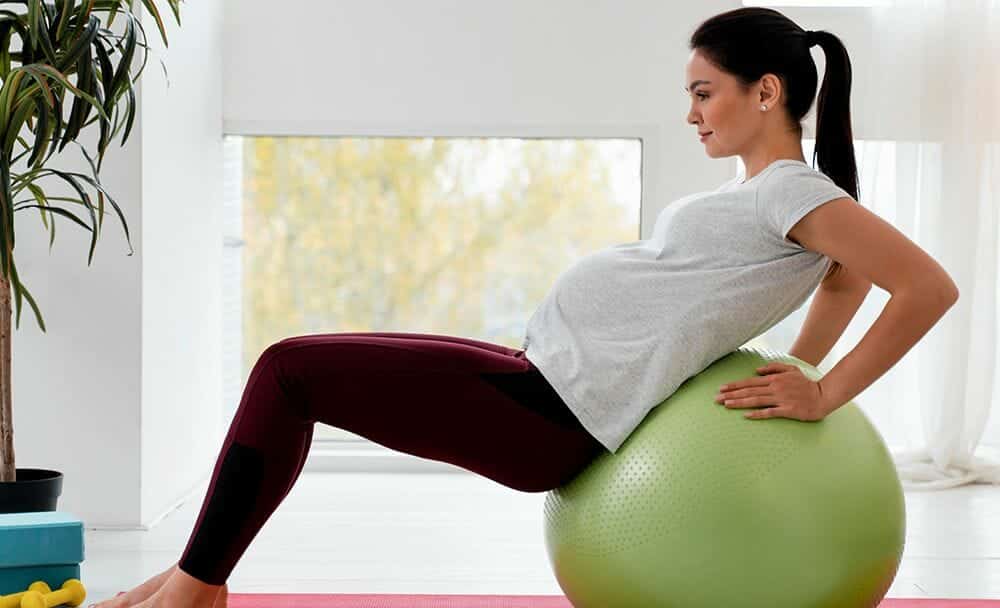
12 best yoga poses for pregnant women
Here are 12 yoga poses you can consider during your pregnancy.
- Cat-Cow Pose (Marjaryasana-Bitilasana)
A gentle and fluid sequence of arching and rounding the back, the cat-cow pose helps alleviate back pain and enhance spinal flexibility. It also strengthens the core muscles and promotes relaxation.
- Modified Downward-Facing Dog (Adho Mukha Svanasana)
This variation of the classic pose provides a gentle stretch for the entire body, particularly the back, hamstrings, and calves. Modified to accommodate the changing body, it aids in relieving tension and improving circulation.
- Warrior Pose (Virabhadrasana)
Warrior II promotes strength and stability in the legs and hips while opening the chest and shoulders. It fosters a strong sense of grounding and balance, qualities essential during pregnancy.
- Triangle Pose (Trikonasana)
Beneficial for improving digestion and relieving discomfort in the lower back, the triangle pose also helps open the hips and stretch the hamstrings, offering relief from the strains of pregnancy.
- Supported Bridge Pose (Setu Bandha Sarvangasana)
This gentle backbend helps alleviate lower back pain and opens the chest and shoulders. The props support the body and make the pose suitable for various stages of pregnancy.
- Butterfly Pose (Baddha Konasana)
The butterfly pose prepares the body for childbirth by promoting hip and pelvis flexibility. It also aids in reducing fatigue and promoting relaxation.
- Modified Camel Pose (Ustrasana)
This variation of the camel pose gently stretches the front of the body, promoting flexibility in the spine and chest. It can help alleviate discomfort in the chest and promote better breathing.
- Seated Side Bend (Parsva Sukhasana)
This simple yet effective pose stretches the sides of the body, relieving tension and enhancing circulation. It provides a soothing release for the spine and back muscles.
- Legs Up the Wall Pose (Viparita Karani)
This restorative pose promotes relaxation and reduces swelling in the legs and ankles by encouraging blood circulation. It offers a moment of respite and rejuvenation.
- Squatting Pose (Malasana)
Preparing the body for labor, the squatting pose opens the pelvis and stretches the lower back and hips. It also aids in digestion and helps alleviate lower back discomfort.
- Child’s Pose (Balasana)
A gentle resting pose, the child’s pose provides a sense of calm and relaxation while stretching the back and hips. It can be incredibly soothing during moments of fatigue.
- Corpse Pose (Savasana)
A crucial pose for deep relaxation, the corpse pose allows the body and mind to unwind completely. It helps reduce stress and promote a sense of tranquility.
Precautions to keep in mind for pregnant women when performing yoga
Yoga can be highly beneficial for pregnant women. However, it is essential to approach the practice with mindfulness and awareness of the unique changes occurring within the body. Adhering to the following precautions ensures a safe experience during pregnancy.

- Consultation with healthcare provider
Seeking advice from a healthcare provider is vital before beginning any yoga practice during pregnancy. Their insight can help tailor the practice to your needs and address underlying medical concerns.
- Certified prenatal yoga instructor
Opting for a certified prenatal yoga instructor with expertise in guiding pregnant women through yoga ensures the practice remains aligned with each trimester’s physiological changes and safety requirements.
- Avoid overexertion
Pregnant women should avoid pushing themselves to the limit during yoga sessions. Overexertion can lead to strain or injury. Focusing on gentle, controlled movements and respecting the body’s limits is crucial.
- Avoid supine positions after the first trimester
Lying on the back for prolonged periods can impede blood circulation and potentially lead to dizziness or decreased blood flow to the fetus. Instead, opt for left-side resting positions or inclined props.
- Mindful modifications
Adapting yoga poses to accommodate the changing body is essential. Using props, wider stances, or avoiding deep twists can ensure that poses are comfortable and safe for pregnant women.
- Breathing awareness
Focusing on controlled, deep breathing can enhance relaxation and oxygenation. Avoid breath retention or excessively forceful breathing techniques that may strain the body.
- Avoid hot yoga and intense heat
Exposing the body to excessive heat, such as in hot yoga classes, can lead to dehydration and potential overheating, both of which are hazardous during pregnancy.
- Balance and stability
Pregnancy can affect balance. Practicing near a wall or using a chair for support during standing poses can prevent potential falls or accidents.
- Hydration
Staying hydrated before, during, and after the practice is essential. Dehydration can contribute to discomfort and contraindications during pregnancy.
- Listen to the body
Paying close attention to the body’s signals is crucial. Discontinue immediately if a pose feels uncomfortable or causes pain.
- Avoid inversions and deep twists
As the body undergoes significant changes, avoiding inversions (upside-down poses) and deep twists can prevent strain on the abdomen and reduce the risk of complications.
- Avoid high-risk poses
Poses that pressure the abdomen, such as deep backbends, and poses that require balancing on the belly or back, should be avoided.
Yoga poses for pregnant women and Ayurveda
Integrating the principles of Ayurveda with yoga poses for pregnant women exemplifies a holistic approach to maternal well-being. Ayurveda emphasizes the balance of mind, body, and spirit. When combined with carefully selected yoga poses, it creates a synergistic practice that aligns seamlessly with the changing needs of expectant mothers.
Ayurveda’s insights into the individual constitution and dosha imbalances further refine the selection of poses. You can get tailored poses to optimize energy flow and maintain equilibrium during pregnancy. The fusion addresses physical comfort and acknowledges pregnancy’s emotional and spiritual dimensions.
FAQs
1. What is yoga for pregnancy?
Yoga for pregnancy, also known as prenatal yoga, is a specialized form of yoga tailored to the needs of expectant mothers. It involves gentle and modified yoga poses, breathing exercises, and relaxation techniques catering to the physical and emotional changes during pregnancy. Prenatal yoga enhances flexibility, strength, and relaxation while promoting a connection between the mother and the growing fetus.
2. Is yoga in pregnancy safe?
Yes, yoga during pregnancy can be safe and beneficial when practiced with proper guidance. However, it’s essential to consult with a healthcare provider before starting any yoga practice during pregnancy, especially if there are any underlying medical conditions or complications. Opting for certified prenatal yoga instructors ensures the method remains adapted to each trimester’s needs.
3. What are the things to keep in mind for yoga for pregnant women?
When practicing yoga during pregnancy, keep in mind to consult a healthcare provider first. Choose a certified prenatal yoga instructor for safe guidance, prioritize gentle movements, and modify poses when necessary. Focus on controlled breathing, stay hydrated, and ensure balance with props.
4. What are the best yoga pregnancy poses?
The best yoga poses for pregnant women promote gentle stretching, strength, relaxation, and preparation for childbirth. Some of the recommended poses include Cat-Cow Pose, Modified Downward-Facing Dog, Warrior II Pose, Triangle Pose, Supported Bridge Pose, Butterfly Pose, Modified Camel Pose, Seated Side Bend, Legs Up the Wall Pose, Squatting Pose, Child’s Pose, and Corpse Pose. These poses cater to various needs, addressing discomfort, flexibility, circulation, and relaxation during pregnancy.
5. How often should yoga for pregnant ladies be done?
The frequency of prenatal yoga practice can vary based on individual preferences and the stage of pregnancy. Generally, engaging in prenatal yoga 2 to 3 times a week can be beneficial. However, it’s essential to listen to the body and avoid overexertion. Shorter, frequent sessions might be more manageable and effective, especially as the pregnancy progresses. Consulting with a certified prenatal yoga instructor can provide personalized guidance on the ideal frequency.
Conclusion
Incorporating yoga into pregnancy can be a transformative experience. It offers a holistic approach to both physical and mental wellbeing. Embracing carefully selected yoga poses and adhering to the outlined precautions can help expectant mothers navigate the challenges of pregnancy with greater resilience.
The practice fosters flexibility, strength, and relaxation. It also deepens the connection between the mother and her growing child. The synergy between yoga and pregnancy is harmonious, fostering a sense of empowerment, tranquillity, and preparation for the remarkable journey ahead.
Disclaimer
The information provided here does not intend to replace professional advice or treatment. Yoga for pregnant woemn is to be done under the supervision of a trained practitioner and under medical guidance. The content provided here is only for information.




